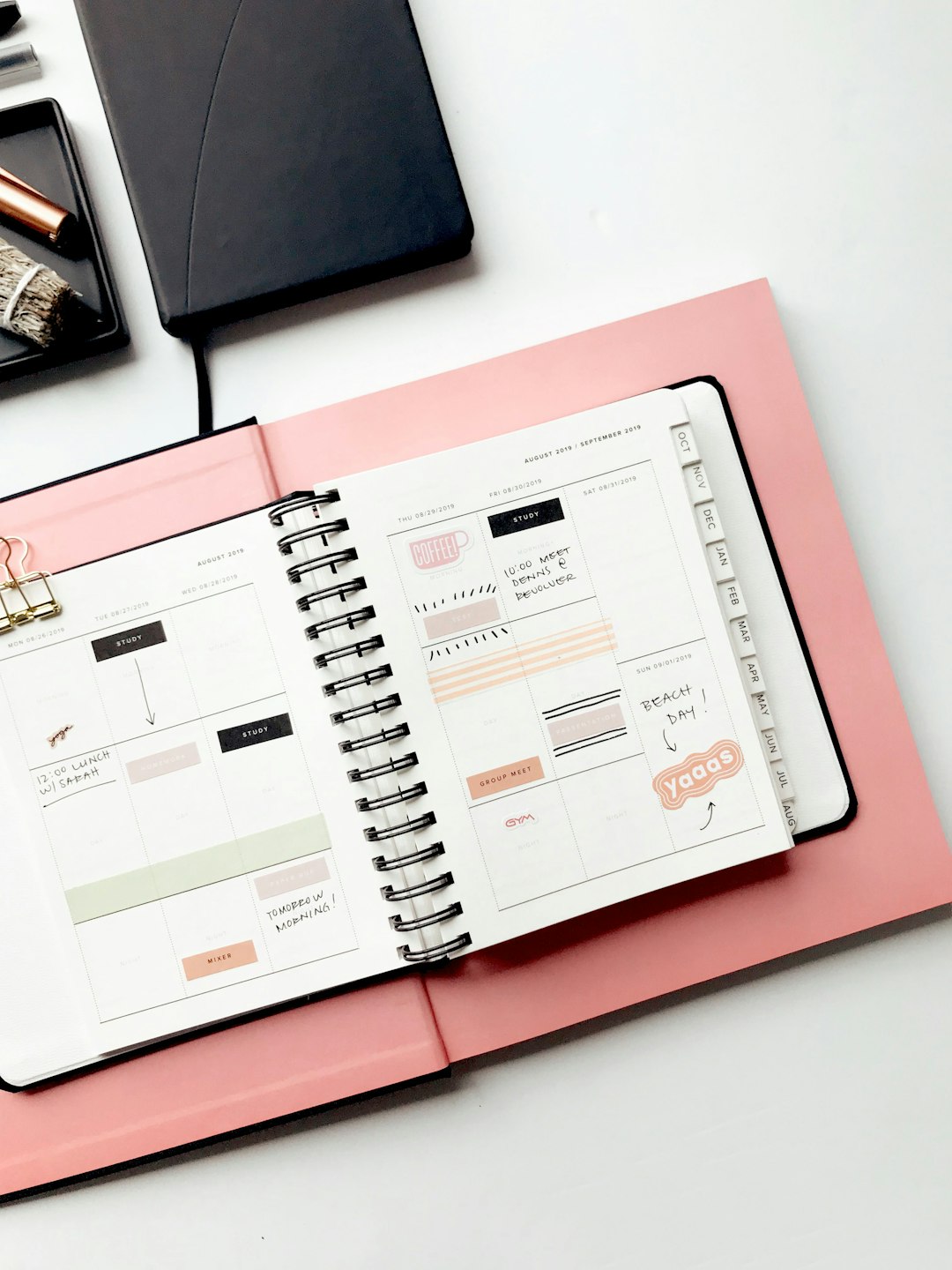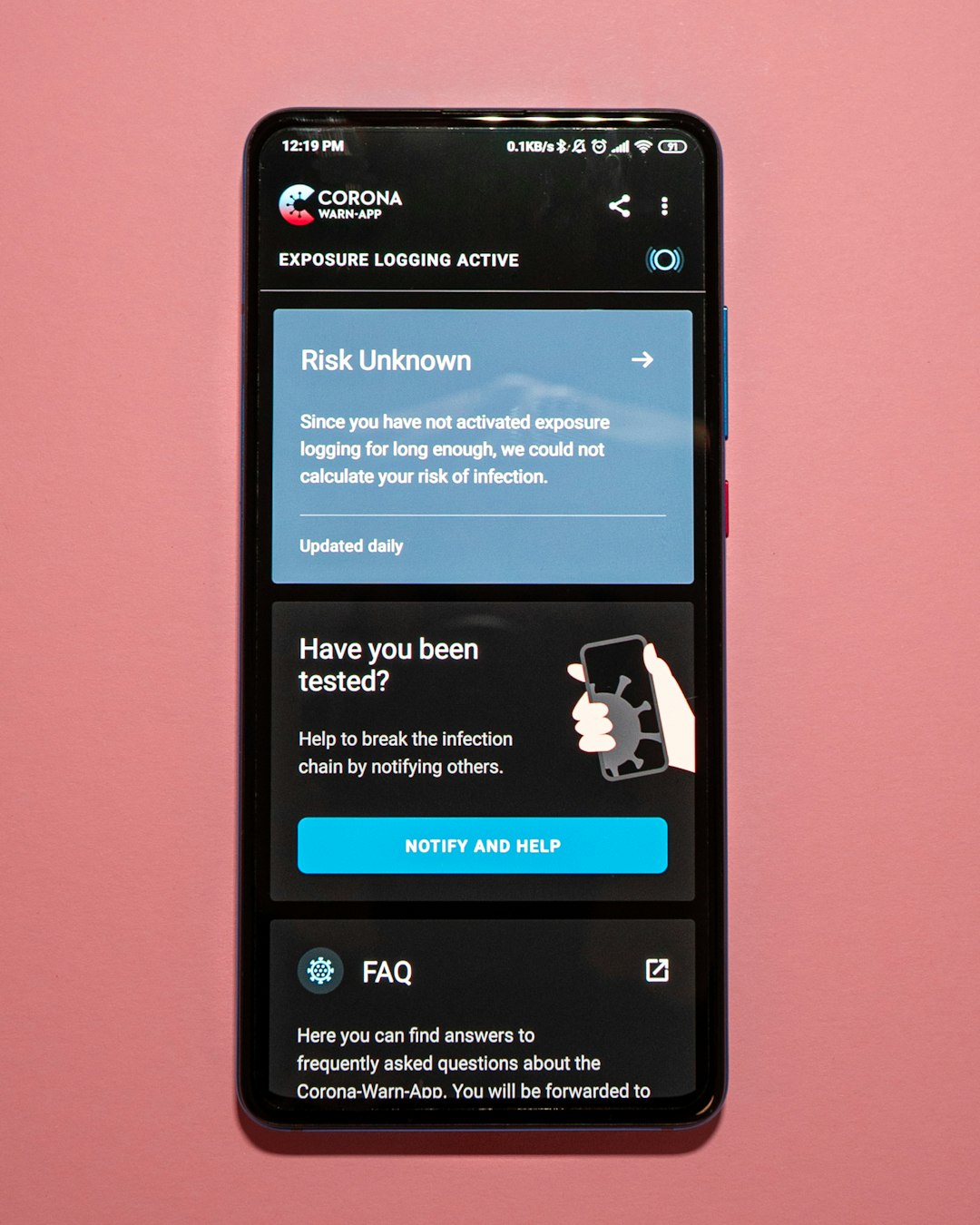Your website’s homepage is your digital front door—it’s the first thing most visitors will see, and it often determines whether they stay or leave. With attention spans shrinking and competition intensifying, making a powerful and positive first impression is essential. Whether you provide services, run an e-commerce platform, or manage a blog, boosting that initial experience can dramatically improve engagement, user retention, and even conversion rates.
Why First Impressions Matter
According to research, it takes users just 50 milliseconds to form an opinion about a website. That’s a fraction of a second to convey your value, establish trust, and guide action. Negative first impressions often lead to high bounce rates, while good ones can form the beginning of a long relationship with your brand.
Key Areas to Improve for a Better First Impression
1. Clear and Compelling Design
The visual layout is the first thing users notice. If your design looks outdated, cluttered, or inconsistent, people may assume your business is the same. A clean, organized, and professionally designed site communicates credibility and modernity.
- Choose a cohesive color scheme: Stick to 2–3 primary colors that align with your brand.
- Use whitespace effectively: Proper spacing helps break up content and guide user focus.
- Stick to modern typography: Use easily readable fonts that look great on all screens.

2. Fast Load Times
Speed isn’t just a luxury—it’s a user expectation. If your site takes more than a few seconds to load, most visitors will bounce right off. Optimizing performance shows visitors that you respect their time.
- Compress images and videos: Large files can dramatically slow down load times.
- Use efficient code: Minimize JavaScript and CSS where possible.
- Leverage caching: Serve up frequently accessed resources faster to repeat users.
3. Mobile-Friendly Experience
Today, more than half of all web browsing occurs on mobile devices. A responsive design ensures your website looks and functions well regardless of the user’s screen size.
- Test across multiple devices and browsers.
- Ensure buttons and links are easily tappable.
- Check font sizes for mobile readability.

4. Clear Value Proposition
Visitors need to understand what you offer and how it benefits them—quickly. A strong headline and subheadline near the top of your homepage should clearly communicate your brand’s value.
Ask yourself: “If a visitor only saw the first 5 seconds of my homepage, would they ‘get it’?” If the answer is no, rethink your messaging.
5. Easy Navigation
Poor navigation frustrates users and prevents them from finding the information they need. Clear menus, intuitive page hierarchy, and consistent layout help users move around your site effortlessly.
- Keep navigation menus simple and uncluttered.
- Use descriptive labels over clever or vague ones.
- Include a search function for added accessibility.
6. Authentic, High-Quality Images
Visuals are powerful communicators. Instead of generic stock photos, use authentic, high-resolution images that support your brand’s narrative. Showcase real people, products, or environments whenever possible.

7. Social Proof and Trust Signals
To foster trust, include elements like:
- Customer testimonials or reviews
- Client logos or case studies
- Security badges and certifications
These signals affirm credibility and help reduce skepticism—especially for new visitors.
Wrapping Up
Improving your website’s first impression isn’t just about making it look good—it’s about building trust, communicating value, and guiding action. By focusing on fast performance, intuitive design, clear messaging, and responsive features, you’ll set your website up for success with every new visitor who lands on your homepage.
Even small tweaks to visuals and layout can drive significant improvements in user behavior. Start by seeing your site through a visitor’s eyes and optimize the experience from their perspective. First impressions may be quick—but their impact lasts.
